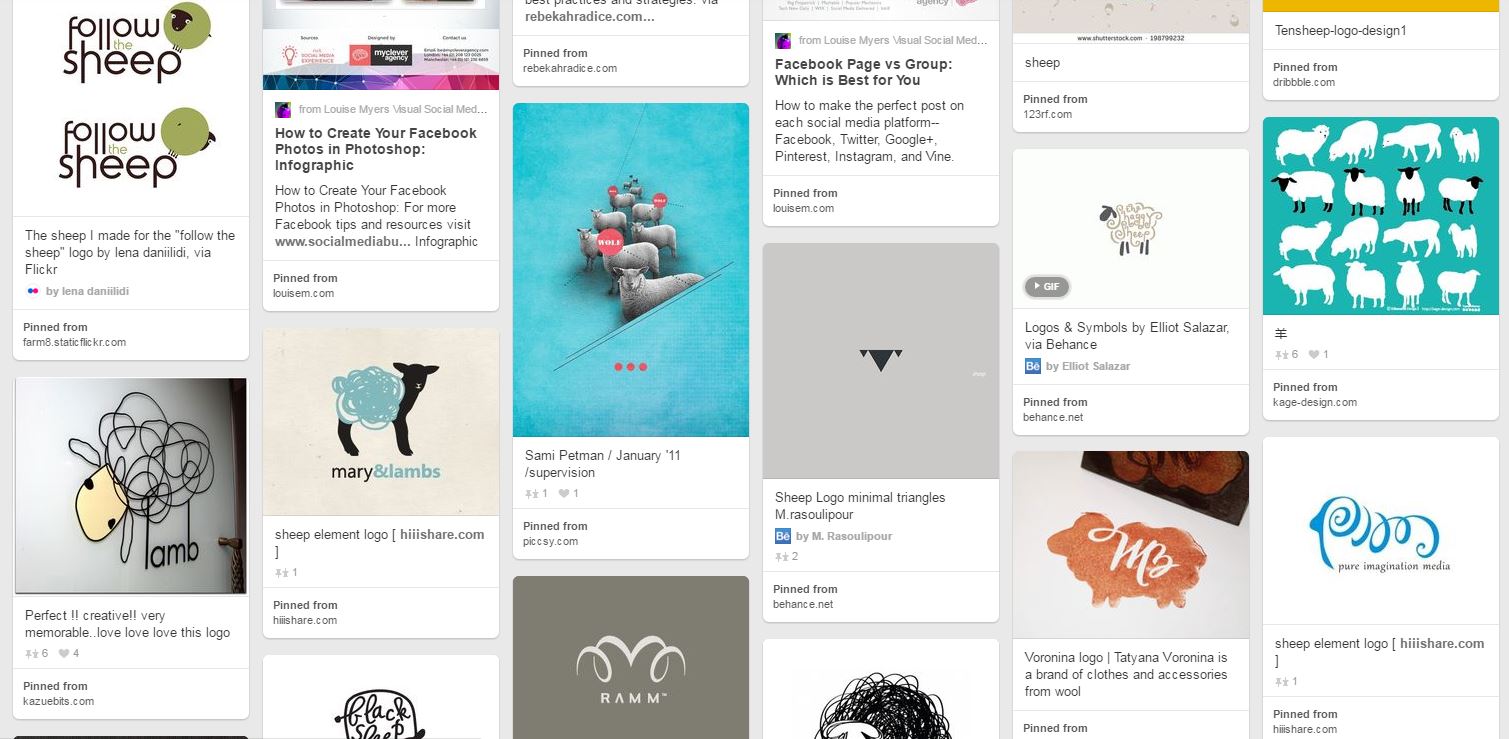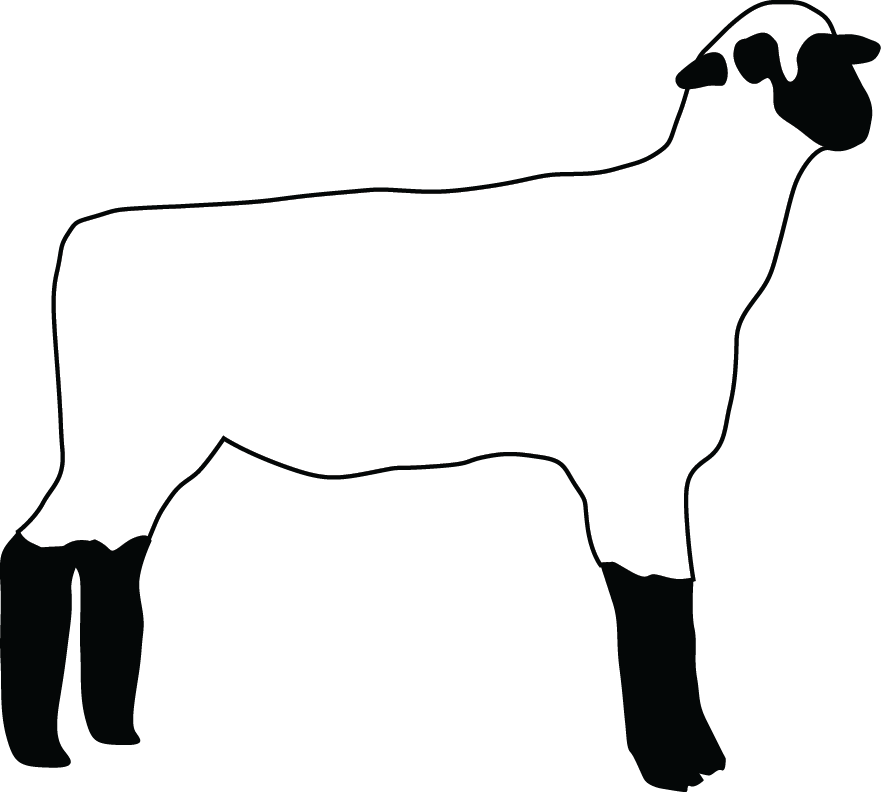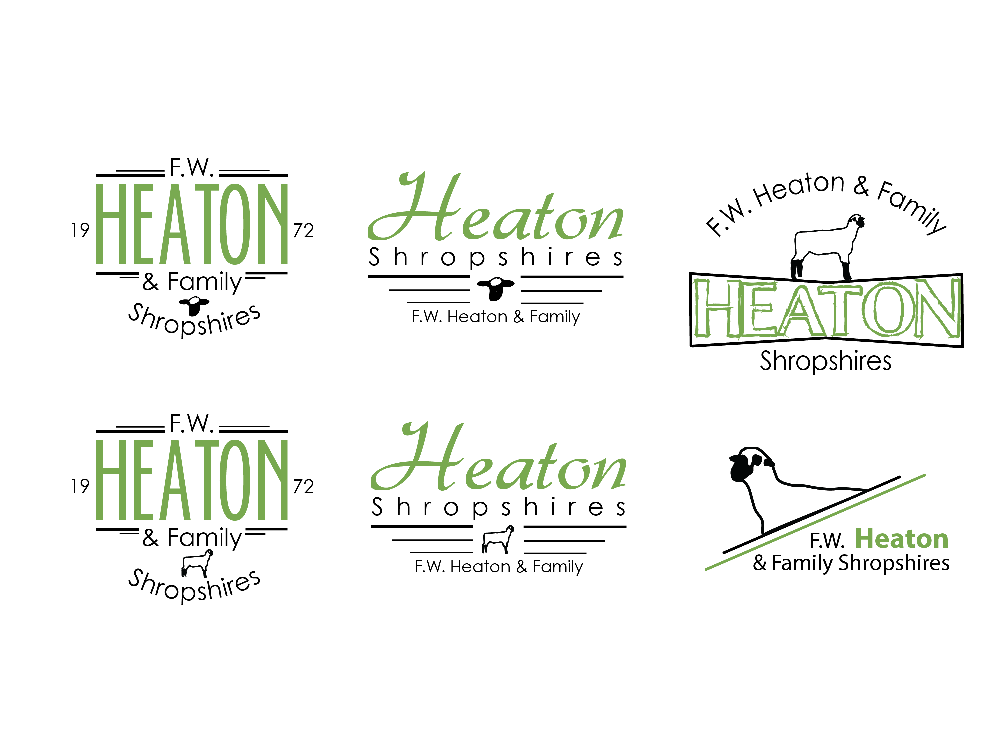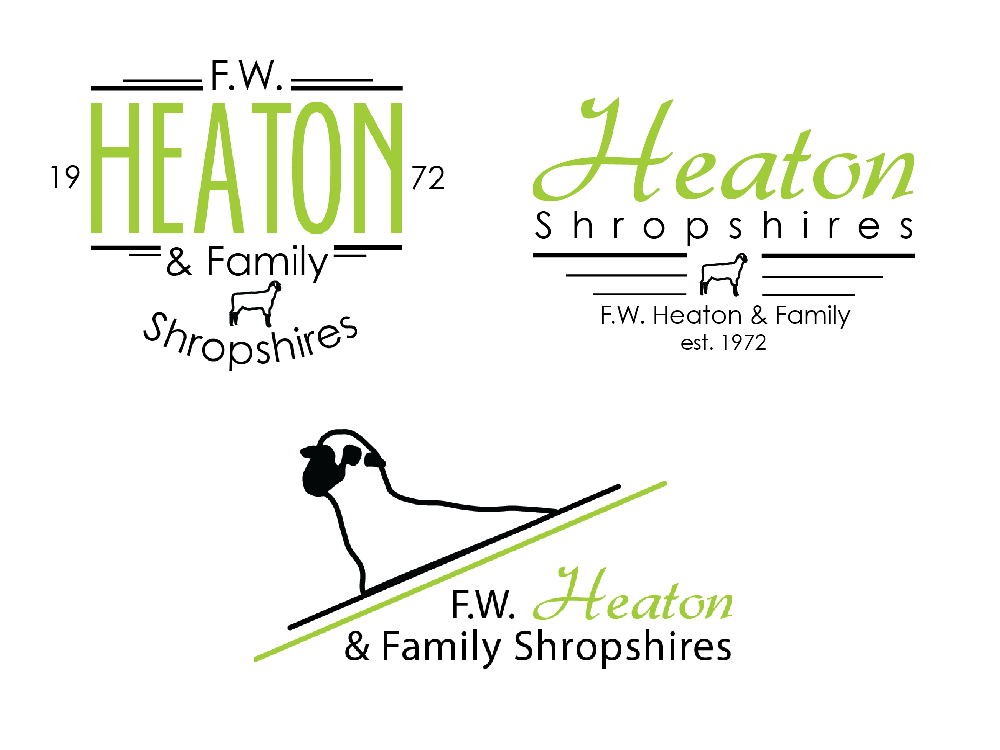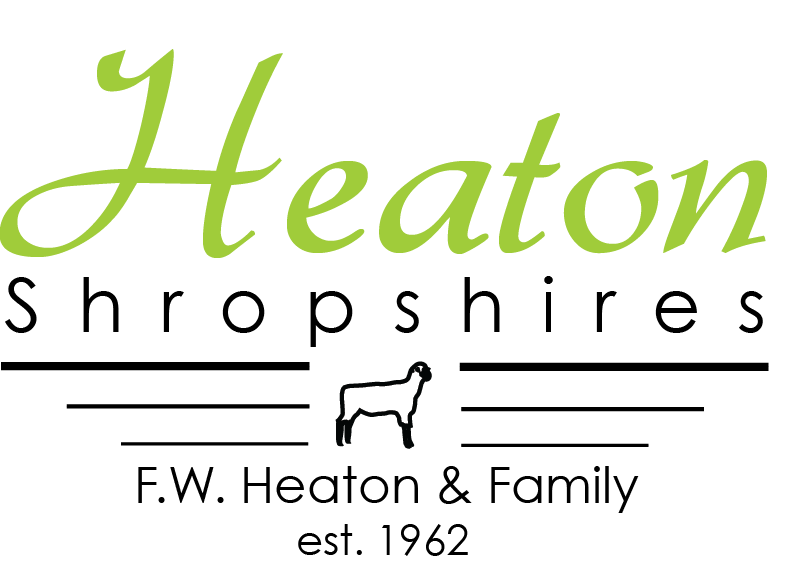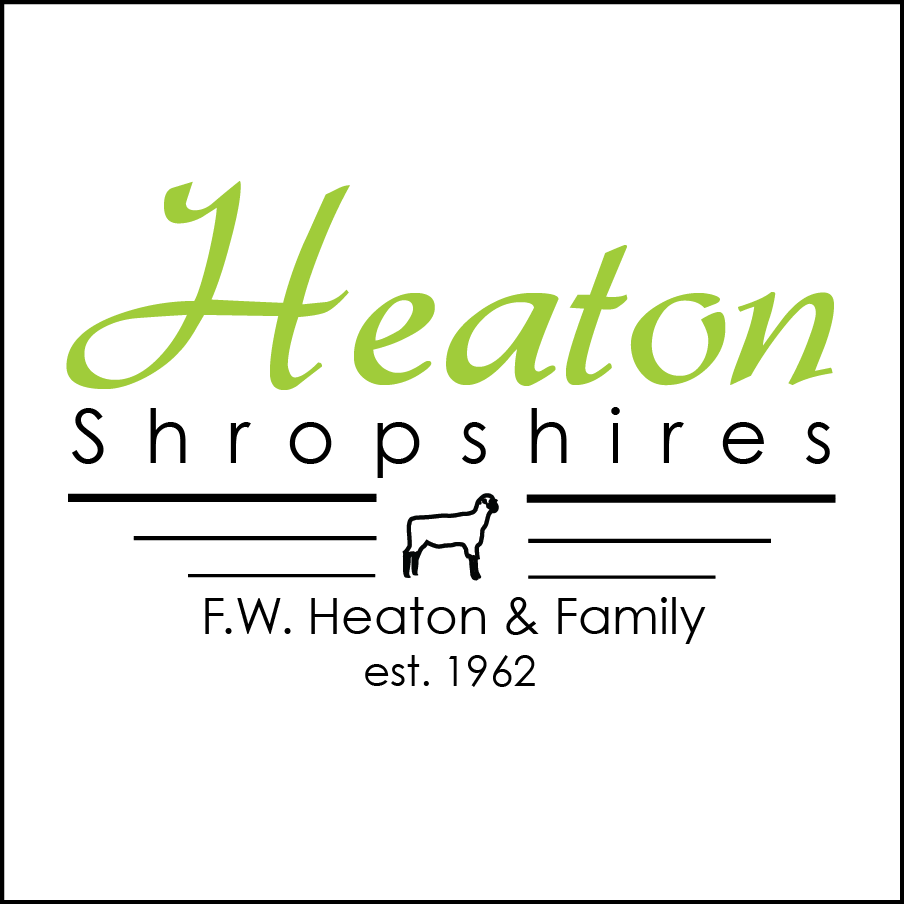Archived: Strategic Logo Design
You’ve been asked to create a logo for a business. Maybe they are a start-up looking for branding, or they are an established business behind on the band wagon. Whatever it is, it’s important to strategically design their logo. That means sitting down with the client, having interviews, researching their business and other like-businesses, as well as knowing who their competitors and target buyers are, all before opening up Illustrator to draft out a few potential logo designs.
In this blog post I decided to revisit my logo design for F.W. Heaton & Family Shropshires – a reputable and well-established business with a rich legacy that lacked an identity – and share with you my strategic design process!
1. Research
Before you jump right in, research. Research your client, their industry, their competition, and their audience. I sat down with my client and had a one-on-one interview with them. I call this primary research – getting to know the client and their business. Have a list of questions ready before meeting with your client. Ask about the history of their business, the types of products or services they provide and what (if any) types of advertising or promotions they have done in the past? For example, I asked my client about the history of their farm, their sheep, their competitors, their buyers (target audience), and any past or current advertising they have done. Some of the questions I asked: “How long has raising sheep been in the family?” “Tell me about how the business started?” “When did you acquire your first sheep?” “Have you ever had a logo?” These questions helped lend to some great stories and insight into the business’s philosophy.
Next, get online. Research your client’s industry and look up their competition – secondary research. In the case of my client, I researched the U.S. sheep industry and the Shropshire sheep breed. Then, try to find their competitors online. What do their logos look like? What elements of the competitor’s logos do you like and dislike? I like to take screen shots of these logos, save them in one document and create a list of likes and dislikes under each. This will not only help you determine what the industry standard is for businesses similar to your client, but also provide reference to good and bad logo design.
2. Create a Contract
This doesn’t have to be fancy or filled with lots of big words, merely create a project agreement contract so that you and your client are on the same page. List the services you will provide, what you need from the client, and how you will be paid. Services might include, logo design, logo files, a guide on how to use the logo properly, etc. You also might need photos, and other information, from the client. List these for the client to provide to you. For my logo, I wanted pictures of the farm, the sheep, etc. All possible prospects for insight into designing their logo. Also let them know how they will be charged – will you charge for design by the hour, as a whole? Once you have these things determined, have the client review your contract.
3. Get Inspired
You’ve done your research and your client has signed-off on the contract. Now, for the fun parts! Look at logos, patterns, textures, fonts, colors… anything to inspire creativity and uniqueness. You can do this a multitude of ways, but I like to go to Pinterest.com and create a specific board for my logo project.
Here’s a snapshot of what my inspiration board looked like:
4. Sketch It Out
Before you even jump to the computer, sketch it out with paper and pencil first… even if you can’t draw! I personally know I can not draw; and my sketches look like a 3rd grader did them, but it helps me to quickly visualize what I want in different variations before even designing it on the computer. Sketch out numerous different logo designs. Even if you think it looks bad, don’t erase it. Keep penciling them out.
I sketched out numerous possible logo designs on multiple pages, and picked four to recreate:
5. Design
My favorite part – bringing your sketches to life. Your logo should always deeply reflect the business you are designing for. This is where your primary and secondary research come into play. What feeling do you want your logo to exude? What other elements will be key aspects of your logo? What colors and fonts will reflect the business? Will you have an image? Or use other logo elements, like lines, shapes, etc.? For my client, the name “Heaton” needed to be prominent as well as the word “Shropshires.” The fonts: something reputable to show establishment and longevity. Color: earthy, but bright to reflect farming and agriculture. One of the most unique aspects of my client’s logo is that the sheep graphic was actually a recreation of one of their top-winning rams. An image of their 2010 Reserve Champion Ram was used to create the logo element below:
Here’s how the process went…First round of logo variations:
After you’ve completed your designs, do an assessment of your designs before sending off choices to your client. Determine what elements might need to be changed, or even what logos aren’t your best work. For instance, from these variations above I determined that I didn’t quite like this color of green, the sheep face element, and the “bow tie” logo at all.
6. Present
Once you’ve perfected your designs, pick only your best work to show to the client.
Logo choices presented to the client:
Let your client choose a logo they like best and ask them for feedback.
Final logo chosen by client:
7. Deliver
Provide the client’s logo to them in different file formats, and in color and black and white. Ask your client where their logo will be used? On their website? In advertisements? This will help you determine the possible file types and resolution they will need. Your client also might not know the difference between .png and .jpg or .pdf. Provide them with how to use each file type. And don’t forget about social media… You will want to make sure their logo fits within the parameters of the Facebook and Twitter profile picture space. In the case of my client, I provided them with a separate image for their Facebook page.
Facebook logo:
Black and white logo:
You can see how this logo was used at heatonshropshires.com.
filed in:
